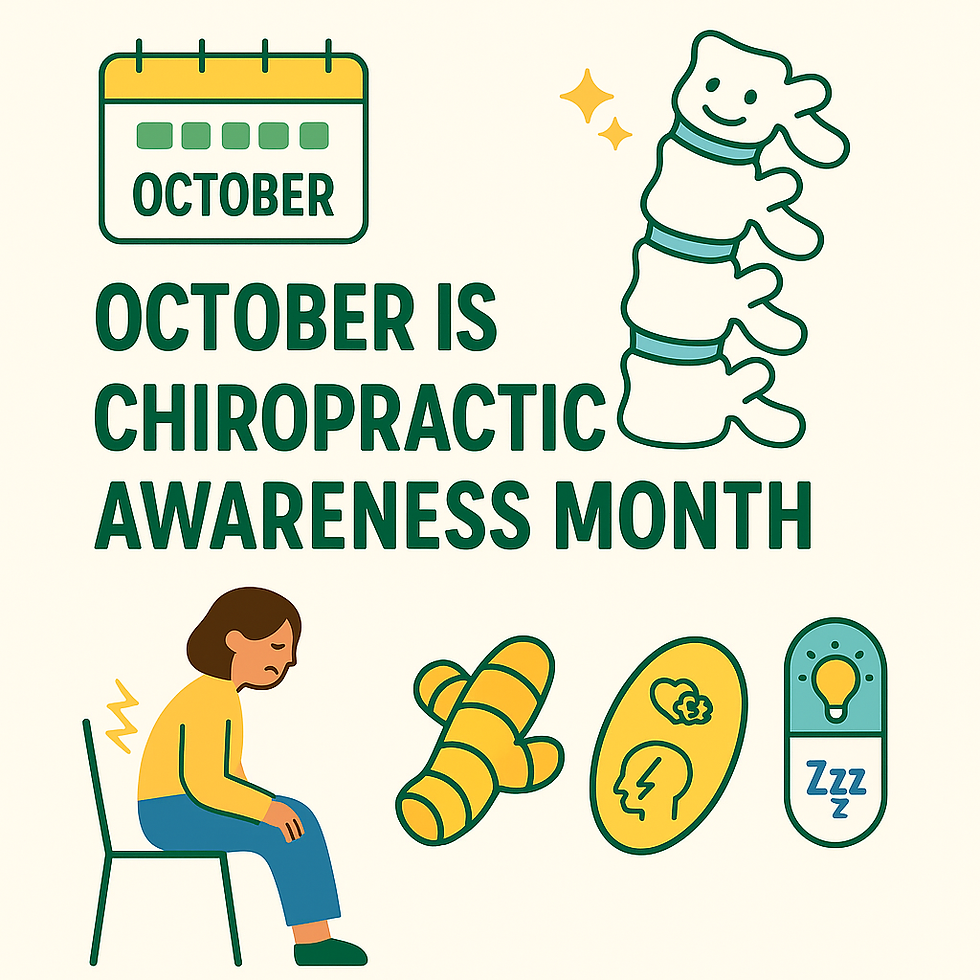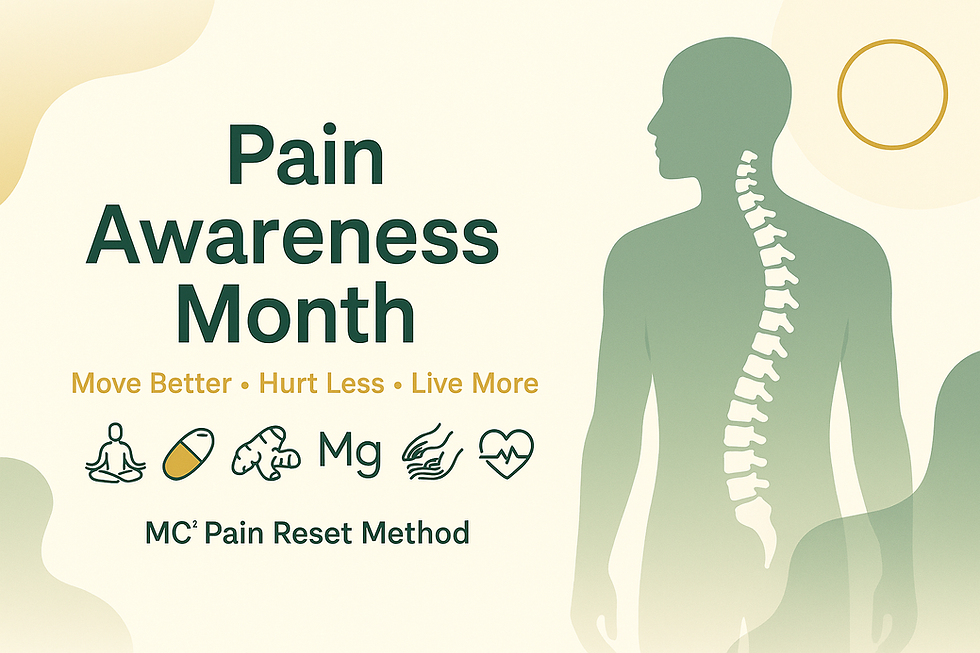Navigating Disc Herniation with Expert Care and Exercise
- Jacob McNamara
- Mar 17, 2024
- 3 min read
Updated: Oct 10, 2025
If you've ever felt like your spine was plotting against you, you're not alone. Disc herniation is a common culprit behind back woes, but fear not—science is here to light our way to relief and recovery!
Disc Herniation Demystified: A Spinal Odyssey
Imagine your spine as an elegant column of vertebrae, cushioned by discs acting as shock absorbers. These discs are marvels of nature: tough on the outside with a softer, gel-like center. Disc herniation occurs when this center pushes through tears in the exterior, potentially pressing on nerves. The result? A spectrum of symptoms from mild discomfort to nerve-wracking pain.
The mechanics of disc wear and tear are well-documented in the medical literature. Age-related changes, genetic predisposition, and lifestyle factors like physical strain and smoking contribute to the risk. A pivotal study published in The Spine Journal (2020) elucidates the degenerative process, affirming the multifactorial nature of disc herniation.
The Chiropractic Connection: Aligning Science with Care
Chiropractic care offers a beacon of hope, employing techniques grounded in biomechanical principles. The flexion-distraction technique, a cornerstone of chiropractic therapy, gently elongates the spine and isolates the affected area, promoting disc healing without invasive intervention.
Research in the Journal of Manipulative and Physiological Therapeutics presents compelling evidence supporting the efficacy of chiropractic interventions. A systematic review and meta-analysis revealed significant improvements in pain and function among patients with lumbar disc herniation receiving chiropractic care.
Lifting the Veil on Deadlifts: Strength's Scientific Endorsement
The deadlift, often maligned as a backbreaker, is actually a spinal champion when executed with proper form. This compound exercise fortifies the muscles supporting the spine, enhancing stability and resilience.
A landmark study in the Journal of Orthopaedic & Sports Physical Therapy advocates for the integration of deadlifts into rehabilitation programs. The research underscores the necessity of personalized progression and technique refinement to harness the deadlift's rehabilitative power safely.
Myth-Busting with Methodology: Setting the Record Straight
Chiropractic Dependency Myth: Far from creating reliance, chiropractic care aims to restore spinal health and autonomy. Peer-reviewed studies, like those found in Spine journal, validate the long-term benefits of chiropractic adjustments, debunking the myth of induced dependency.
Deadlifts as Dangerous: The narrative casting deadlifts as inherently harmful lacks empirical support. Scholarly research, including articles in The Journal of Strength and Conditioning Research, counters this myth, showcasing the deadlift's role in enhancing lumbar strength and reducing recurrence of back pain.
A Holistic Approach: Movement as Medicine
Embracing a full range of motion and integrating targeted exercises like deadlifts into recovery protocols not only addresses disc herniation but also fortifies the spine's overall health. This holistic strategy aligns with current evidence advocating for active rehabilitation, as outlined in research published in Clinical Rehabilitation.
Conclusion: Empowered by Evidence
Armed with science, we can navigate disc herniation with newfound clarity and confidence. By blending chiropractic precision with strength-building exercises, we chart a course toward spinal health that's both effective and enlightened.
Remember, embarking on any new treatment or exercise regimen should be done under the guidance of healthcare professionals. This journey, informed by peer-reviewed evidence, promises a path to a stronger, healthier spine, debunking myths and fostering a deeper understanding of our body's remarkable capacity for recovery.
References:
Chou, D. (2020). 'The Biomechanics of Disc Herniation and the Effect of Overload and Instability.' The Journal of Spinal Disorders & Techniques.
Leininger, B., Bronfort, G., Evans, R., & Reuter, P. (2011). 'Spinal Manipulation or Mobilization for Radiculopathy: A Systematic Review.' Physical Therapy.
Welch, N., Moran, K., Antony, J., Richter, C., Marshall, B., Coyle, J., ... & Franklyn-Miller, A. (2015). 'The Effects of a Free-weight-based Resistance Training Intervention on Pain, Squat Biomechanics and MRI-defined Lumbar Fat Infiltration and Functional Cross-sectional Area in Those with Chronic Low Back.' The Journal of Strength & Conditioning Research.
Murphy, D. R., Hurwitz, E. L., & McGovern, E. E. (2014). 'Outcome of Pregnant Patients with Low Back Pain Undergoing Chiropractic Treatment: A Descriptive Cohort Study.' Journal of Manipulative and Physiological Therapeutics.




Comments